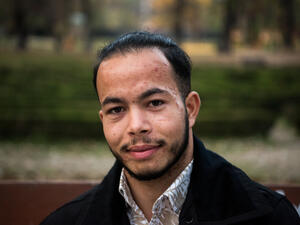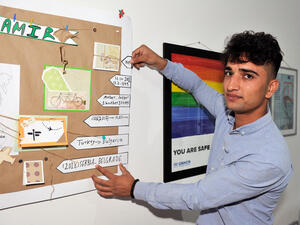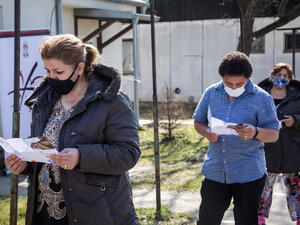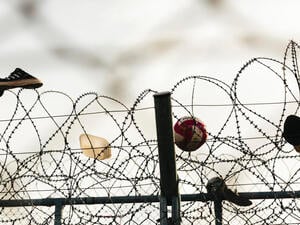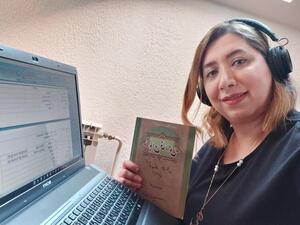Kosovo Crisis Update
Kosovo Crisis Update
Albania
Around 700 people on Monday crossed the border at Morini into Albania from various places in Kosovo. Some came from Djakovica, scene several days ago of one of the worst single atrocities in the current conflict. They spoke of further killings there.
Two women from Djakovica told UNHCR that 10 days ago, members of three families - a total of 19 persons, mainly women and children - were hiding in the basement of a house when they were discovered by Serbian authorities. They were all shot and the house and their bodies were then burned. This report could not be independently confirmed.
The same two women reported they had also seen bodies in the streets of Meja, where the killings of scores of men were reported several days ago. They could not give an accurate body count. "I have seen so much horror, I just closed my eyes," one woman said.
Refugees from Djakovica said some families had been deliberately split up and various members allowed to leave while others were forced to stay behind.
Other refugees forced to leave Zrce, a village in Prizren, said they had seen authorities there burying several dozen bodies. There was no independent confirmation of the report.
The exodus from Prizren, one of Kosovo's oldest towns with a population of 40,000, continued sporadically Monday. Several educated people were picked up and expelled across the border within a matter of hours - a pattern of systematic purging of educated citizens which has emerged in the last few days.
There were also cases of almost gratuitous violence against the fleeing civilians. A group of hysterical children crossed the border after their parents had been detained at the frontier post because their papers were allegedly not in order. Serbian authorities have been systematically stripping all refugees of any form of identification.
FYR of Macedonia
More than 11,600 refugees arrived in the FYR of Macedonia over the past 24 hours in one of the largest influxes in a single day from Kosovo. The arrivals came mostly by train crammed with people from Pristina and the major towns of Podujevo, Lipljan and Urosevac. About 600 of them came by bus. The arrivals say there may be at least 20,000 people walking from Podujevo south to Pristina to board a train to the FYR of Macedonia.
It was unbearably hot in Macedonia on Monday and some people fainted from the heat. Arrivals who were loaded on buses had to wait for hours for a police escort to take them to the camps. Most were taken to the newly opened Cegrane camp, 400 went to Neprosteno and another 400 to Radusa.
At Cegrane, the German NATO contingent worked as fast as it could to set up tents to accommodate arrivals who had already filled the area. Aid workers have put in place arrangements in an attempt to distribute food and water in a more orderly fashion. Heavy excavation work, terracing and gravelling were being done to expand the site.
But as refugees continued to swamp into the FYR of Macedonia, a joint UNHCR/NATO assessment mission proceeded to the border town of Korca in Albania on Monday to assess new sites for transiting refugees there. An existing capacity for 4,000 refugees was identified in the Greek and German camps in Korca. Three sites with a total capacity of 20,000 were identified and the German, French and British contingents are to start work on construction during the next two or three days. The plan is to bring Korca's capacity to 60,000.
UNHCR-IOM Humanitarian Evacuation Programme
Departures under the humanitarian evacuation programme from the FYR of Macedonia to third countries totalled 744 on Monday. They included 122 refugees to the Czech Republic, 163 to the Netherlands, 134 to Norway, 163 to Sweden and 162 to Turkey.
Eight flights to seven countries are scheduled under the programme on Tuesday.



